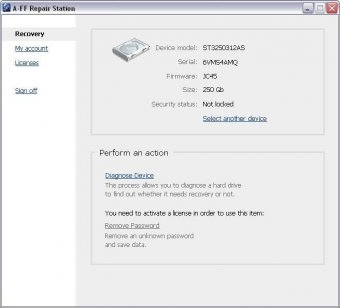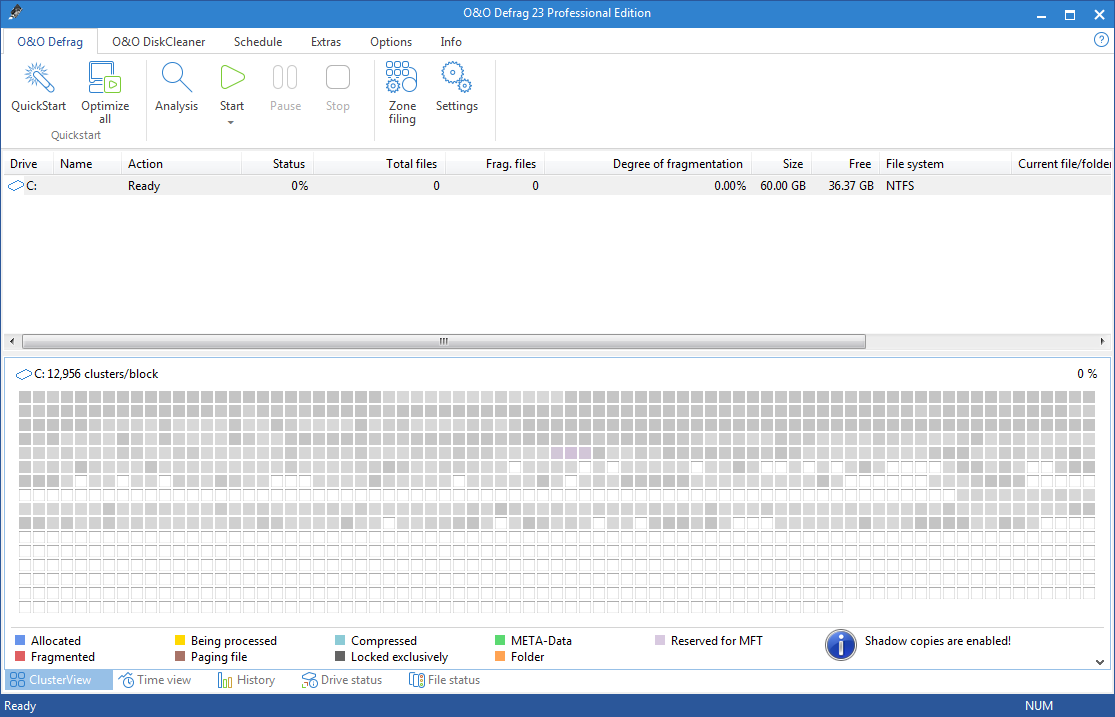

evacuate, when combined with –local or –sys switches the active groups to another server before stopping force stops HAD but leaves service groups online local stops HAD on the local system only
#Ccdisk review Offline
all stops HAD on all systems in cluster and takes service groups offline To Start HA on a Single Node Cluster (do not use on multisystem cluster) Run it from a system to force VCS to use this system’s configuration file.
#Ccdisk review windows
By default, cluster logging is enabled on Windows 2000-based computers that are running the Cluster service.Here is a Quick Reference Guide for VCS Commands: The cluster log file can be valuable in additional troubleshooting.

If these steps don't resolve the problem, you should take additional troubleshooting steps. If either of these conditions exist, the Cluster service can't start. If the quorum disk successfully comes online, it's likely that the quorum is corrupted.Ĭheck the attributes of the Cluster.log file to make sure that it's not read-only, and make sure that no policy is in effect that prevents modification of the Cluster.log file. Also, check the System event log for disk errors. If this isn't the case, you can check the status of the quorum device by starting the service with the -fixquorum switch, and attempt to bring the quorum disk online, or change the quorum location for the service. This is usually caused by connectivity or authentication issues. If another node has successfully started and has ownership of the quorum, the service doesn't start. If the quorum disk can't be mounted, the service doesn't start. It attempts to locate information about the quorum in the local cluster database, and then tries to mount the disk. If it can't contact any other node, the service continues with the form phase. Use the TCP/IP addresses of the network adapters in the other nodes in the Connect to dialog box in Cluster Administrator. Use the Ping.exe tool to verify TCP/IP connectivity, and use Cluster Administrator to verify that the Cluster service can be contacted. If the node isn't the first node in the cluster, check connectivity to other cluster nodes across all available networks. If the database isn't valid, you can copy and use the cluster database from a live node. Make note of the network and quorum keys. The cluster hive should have a structure that is very similar to Cluster Administrator. Start Registry Editor (Regedt32.3xe) and verify that the following registry key is valid and loaded: HKEY_LOCAL_MACHINE\Cluster Verify that the %SystemRoot%\Cluster folder contains a valid Clusdb file and that the Cluster service attempted to start. You can determine this by logging on to the computer with the Cluster service account, or by checking the System event log for Cluster service logon problem event messages. Verify that the cluster node that is having problems is able to properly authenticate the Service account.
#Ccdisk review how to
For more information about how to back up and restore the registry, click the following article number to view the article in the Microsoft Knowledge Base: 322756 How to back up and restore the registry in Windows Then, you can restore the registry if a problem occurs. For added protection, back up the registry before you modify it. Therefore, make sure that you follow these steps carefully. However, serious problems might occur if you modify the registry incorrectly. This section, method, or task contains steps that tell you how to modify the registry. Troubleshooting Cluster service startup issues

These are the steps in the startup process in order: If the join procedure doesn't succeed, the cluster continues to the form stage the main requirement of this stage is the ability to mount the quorum device. For this to occur, the Cluster service must be able to contact an existing cluster node. When the Cluster service initially starts, it attempts to join an existing cluster. The contents of this article do NOT apply to Windows Server 2008 or later. Although this isn't a comprehensive list of all the issues that can cause the Cluster service not to start, it does address a majority Windows Server 2003 startup issues. This article describes basic troubleshooting steps you can use to diagnose Cluster service startup issues with Windows Server 2003. This article describes the basic troubleshooting steps you can use to diagnose Cluster service startup issues with Windows Server 2003.Īpplies to: Windows Server 2003 Original KB number: 266274 Summary


 0 kommentar(er)
0 kommentar(er)
